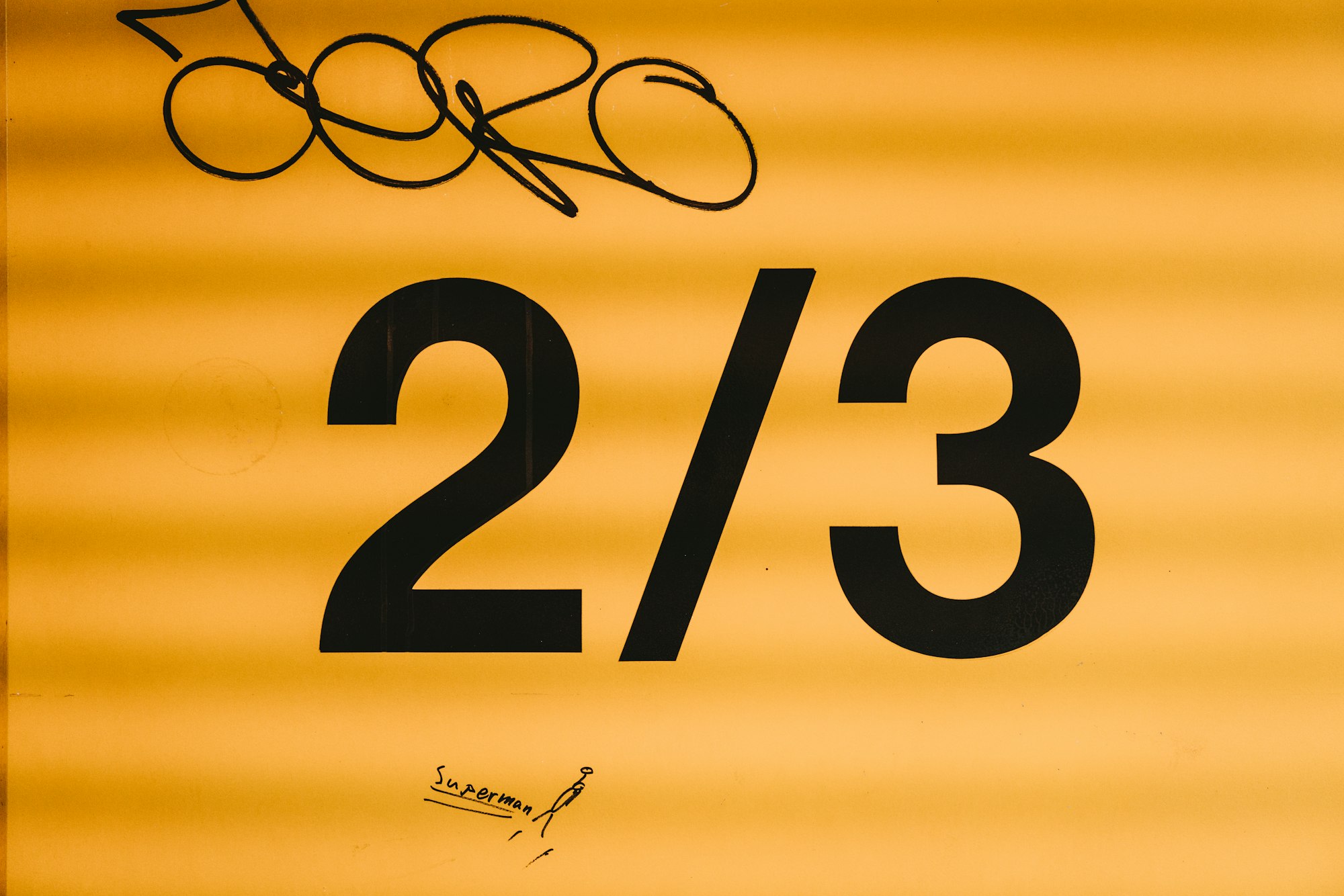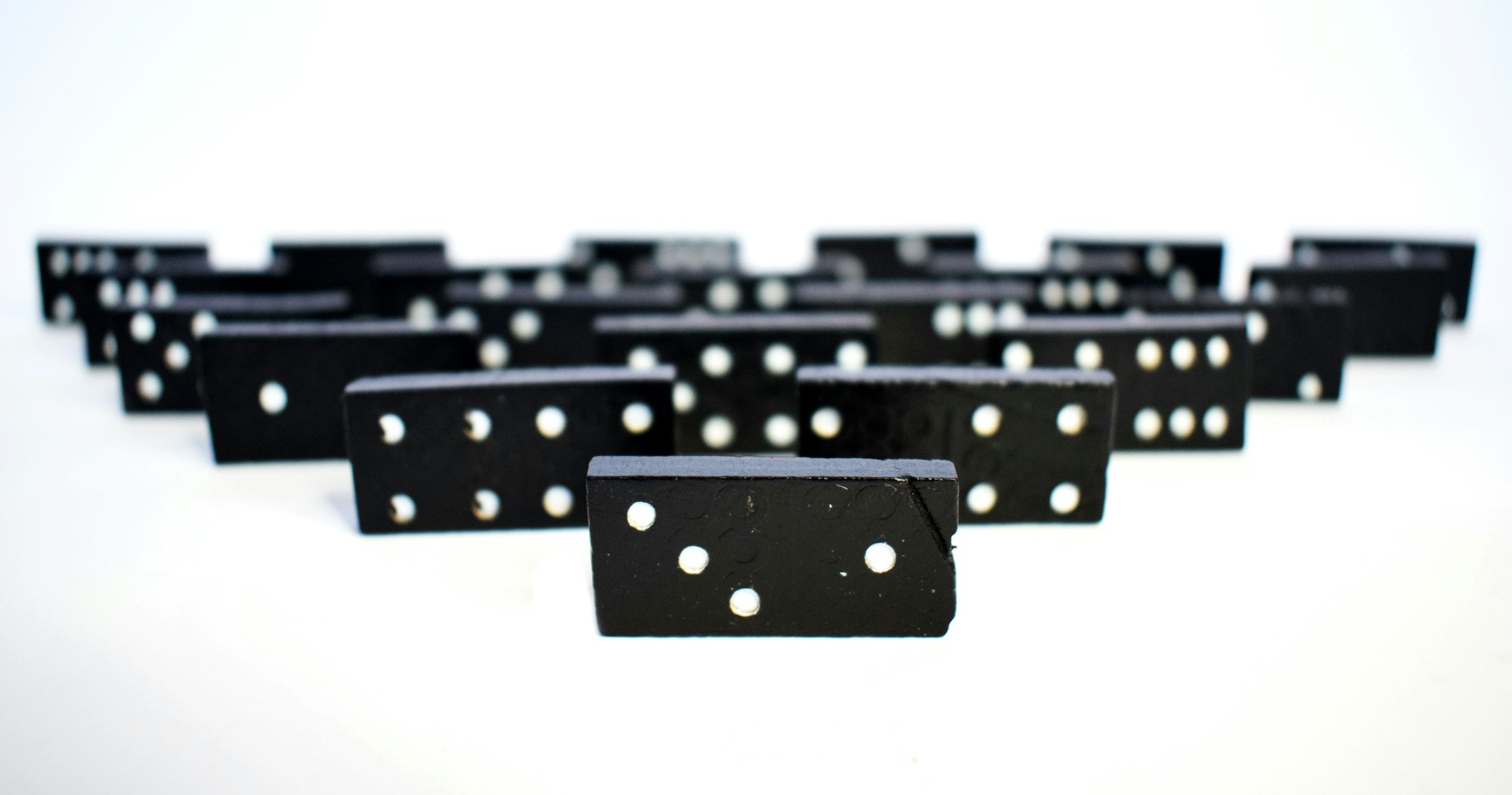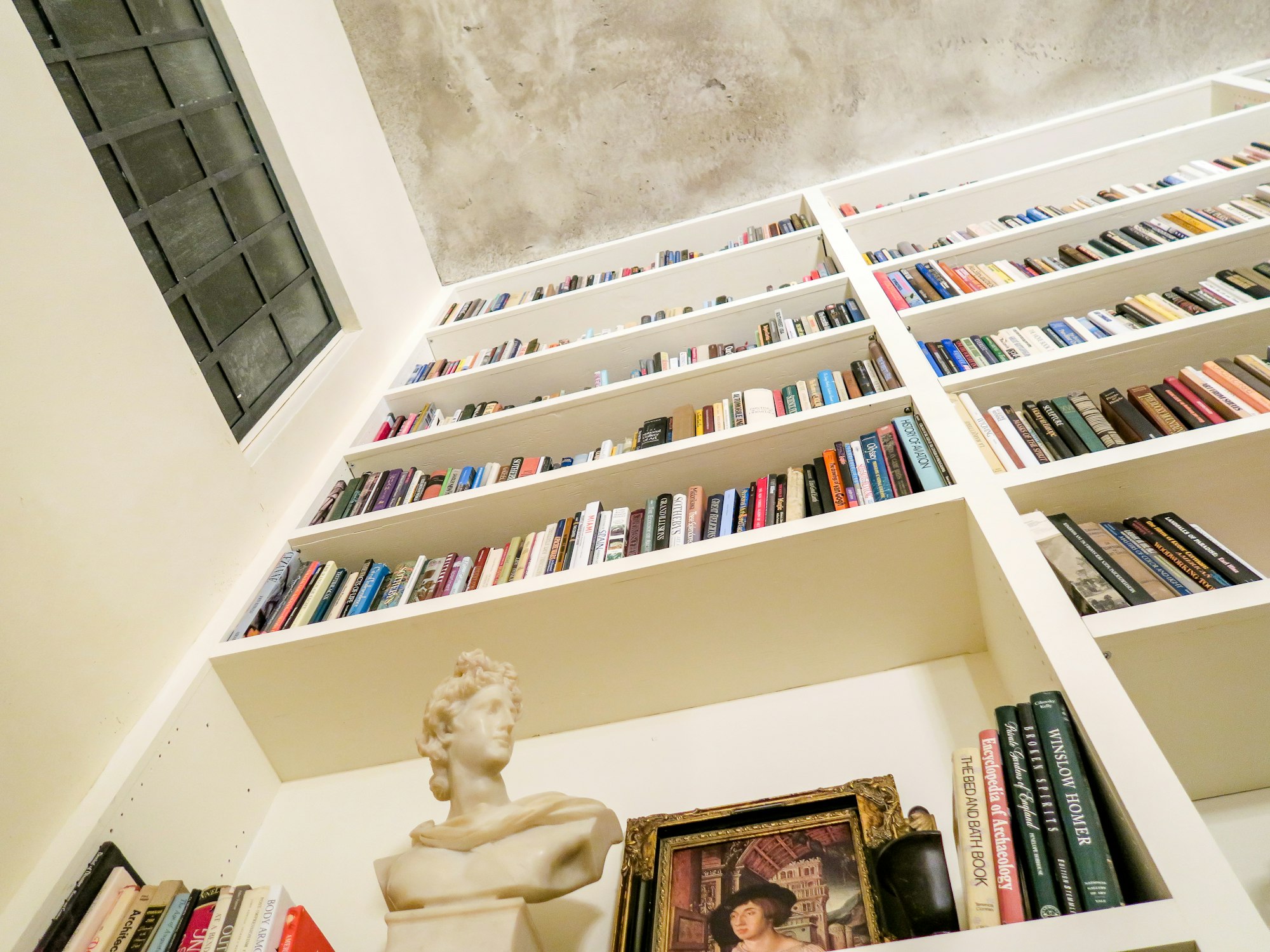
In my last post we explored the nature of the gaps in the rational number line. In doing so, we defined Cauchy sequences and discovered that rational Cauchy sequences do not always converge to a rational number!

We are going to follow a similar procedure now and attempt to construct the real numbers using the rational numbers as a starting point. This is a bit more challenging, due to the more subtle nature of the gaps between rational numbers, and so it requires some more complex machinery

This is a continuation of Constructing the Rational Numbers (1). Before moving forward with the rest of the construction, I'd like to formally change my notation for rational numbers from that of equivalence classes of ordered pairs of integers to that of fractions.

We work with number systems every day, but we just sort of take their existence for granted. However, it is possible to construct all of these number systems from scratch.

Quotient sets of are comprised not of elements of , but of the equivalence classes they fall into. This gives us a powerful method to collapse a set into a smaller set that is in some way still representative of the original set.

Before my next post on bases for topologies, I need to introduce a proof technique that I haven't used so far.

Everything in mathematics is built from sets. Even objects such as functions and arithmetic operations like addition are formally defined in terms of sets, although you would likely never expect it.






